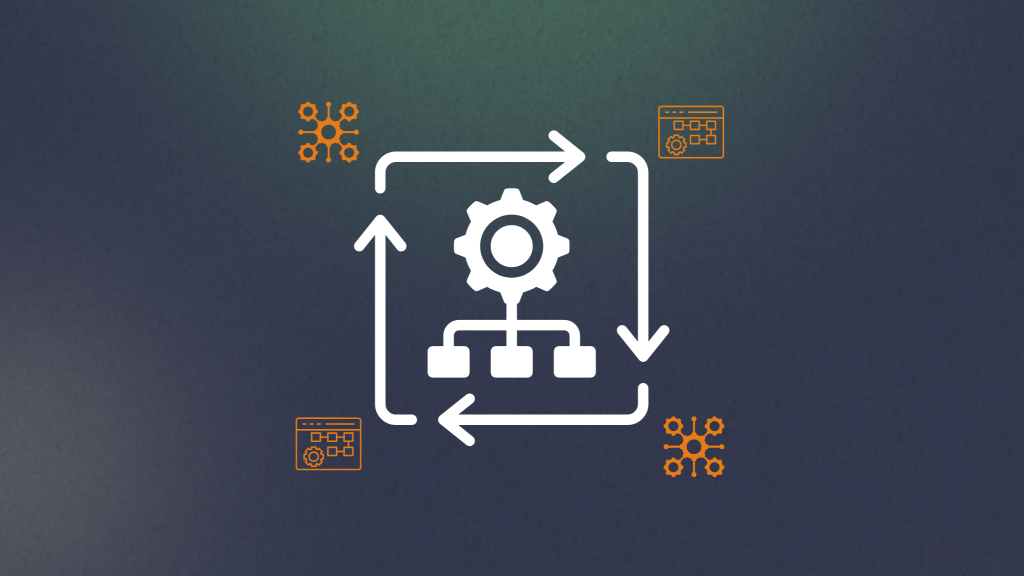
In today’s fast-paced digital landscape, building scalable, flexible, and resilient software is no longer optional, it’s essential. This is where microservices architecture plays a crucial role. But what exactly are microservices, and why are they becoming the go-to approach for modern software development? Let’s dive deep into the concept, its benefits, challenges, and best practices.
What Are Microservices?
Microservices refer to an architectural style where an application is composed of small, loosely coupled, independently deployable services. Each service focuses on a specific business function and communicates with other services using lightweight protocols such as HTTP or messaging queues. Unlike monolithic applications, where all components are tightly integrated, microservices break down applications into modular, manageable units.
Think of a monolithic application as a single building, where all the functionalities like roomsare housed under one roof. If you need to renovate or expand, it can be a challenging process. Microservices, on the other hand, are like a series of individual houses, each serving a distinct purpose. If one house needs remodeling, you don’t have to disturb the entire neighborhood.
Why Choose Microservices?
Traditionally, applications were built using a monolithic architecture, where all components were bundled together into a single codebase. While this worked well for small applications, it posed significant challenges for scalability, maintainability, and deployment as the software grew in complexity.
Here’s why microservices are a better choice:
1. Scalability
With microservices, individual components can be scaled independently based on demand. For instance, if your application’s authentication service receives a surge in user traffic, you can scale that specific service without affecting the rest of the system.
2. Flexibility in Technology
Microservices allow developers to use different programming languages and frameworks for different services. A payment service can be built in Python, while a recommendation engine runs on Java. This flexibility enables teams to choose the best tool for each job.
3. Faster Development and Deployment
Since microservices are modular, teams can work on different services simultaneously. This accelerates development and reduces time-to-market. Additionally, updates can be deployed to a specific service without redeploying the entire application.
4. Fault Isolation
In a monolithic system, a single failure can bring down the entire application. Microservices mitigate this risk by isolating failures. If the payment processing service goes down, other parts of the application, such as user authentication and product browsing, remain functional.
5. Improved Maintainability
With smaller, independent services, debugging and maintaining code becomes easier. Developers can quickly identify and fix issues without navigating a massive codebase.
Real-World Applications

Several leading tech giants have embraced microservices to enhance performance and scalability.
Some notable examples include:
Netflix: Migrated from a monolithic structure to microservices to handle massive streaming demands efficiently.
Amazon: Uses microservices to manage its e-commerce operations, allowing different teams to work independently on various functionalities.
Spotify: Employs microservices to manage music recommendations, user playlists, and streaming services seamlessly.
Uber: Switched to microservices to manage its complex ride-hailing system, ensuring scalability and reliability.
Challenges
While microservices offer numerous benefits, they also introduce complexities. Organizations must be prepared to tackle the following challenges:
1. Increased Complexity
Managing multiple independent services requires careful coordination. Service discovery, inter-service communication, and data consistency become critical concerns.
2. Data Management
Unlike monolithic applications, where all components share a single database, microservices often require distributed databases. Ensuring data consistency across services can be challenging.
3. Service Communication Overhead
Microservices interact through APIs or messaging protocols, introducing network latency and additional security considerations. Organizations must optimize these communications to prevent performance bottlenecks.
4. Deployment and Monitoring
With multiple services running independently, monitoring and logging become more complex. Implementing centralized logging and observability tools is crucial to maintaining visibility into system performance.
Best Practices

To successfully implement microservices, organizations should follow these best practices:
1. Define Clear Service Boundaries
Each microservice should have a well-defined purpose and align with a specific business function. Avoid services that overlap in responsibilities, as this can lead to unnecessary dependencies.
2. Automate Testing and Deployment
Since microservices require frequent updates, automation is key. Implement continuous integration/continuous deployment (CI/CD) pipelines to streamline testing and deployment.
3. Implement Robust Monitoring
Use observability tools like Prometheus, Grafana, and ELK Stack to monitor service health, track logs, and identify performance issues.
4. Embrace a DevOps Culture
Encouraging collaboration between development and operations teams ensures smooth deployments and enhances overall agility.
5. Secure Inter-Service Communication
Since microservices communicate over networks, ensure security by using authentication mechanisms like OAuth, JWT, and API gateways.
Conclusion
Microservices architecture is transforming the way software is developed, deployed, and maintained. By breaking down monolithic applications into modular, independent services, organizations can achieve greater scalability, flexibility, and fault tolerance. However, successful adoption requires careful planning, robust monitoring, and a strong DevOps culture.
As technology continues to evolve, embracing microservices can position your organization for long-term success, enabling faster innovation and enhanced user experiences. If your team is looking to build modern, resilient software, microservices might just be the architectural approach you need.
Published: February 18, 2025









